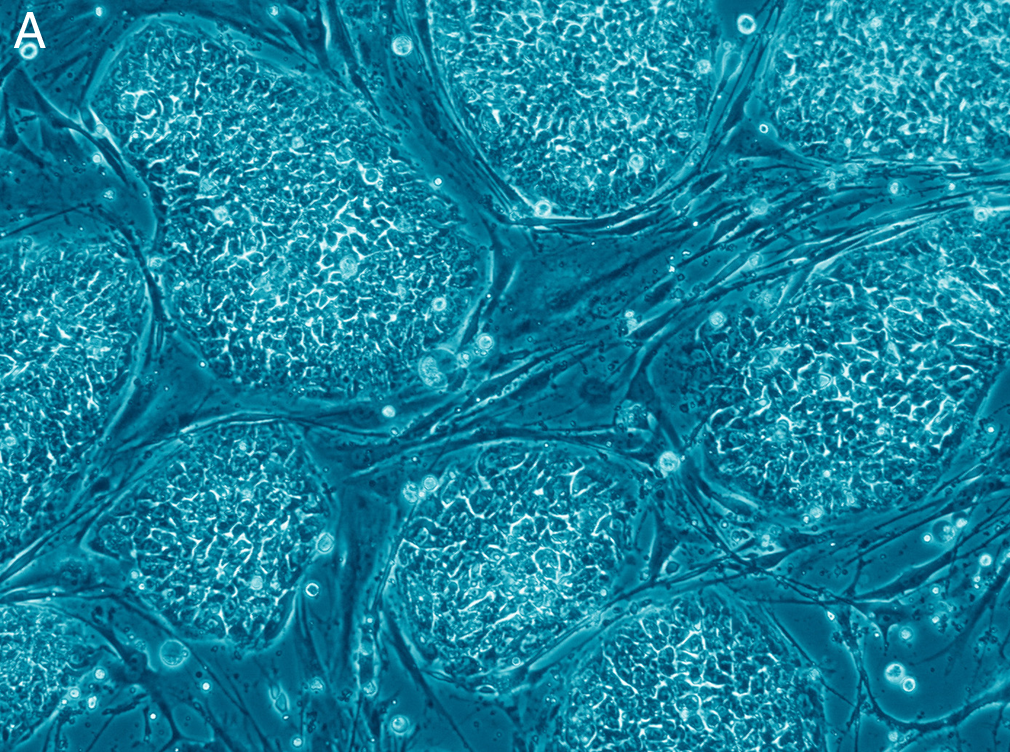Dieter Egli was just about to start graduate school in 1998 when researchers first worked out how to derive human embryonic stem cells. In the two decades since, the prolific cells have been a fixture of his career. The biologist, now at Columbia University in New York City, has used them to explore how DNA from adult cells can be reprogrammed to an embryonic state, and to tackle questions about the development and treatment of diabetes. He has even helped to develop an entirely new form of human embryonic stem cell that could simplify studies on what different human genes do1.
His wide-ranging research established him as a leader in embryonic stem-cell biology, a field challenged by restricted funding and an enthusiasm for competing technologies that don’t carry the same ethical baggage. Still, many say that human embryonic stem cells are now more relevant than ever. “I am very excited about embryonic stem cells,” says Egli. “They will lead to unprecedented discoveries that will transform life. I have no doubt about it.”
Embryonic stem (ES) cells provide unparallelled...




